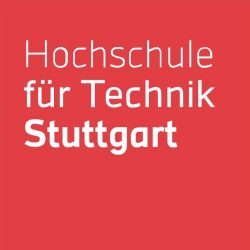Stella-sharing is a mobility offer by Stadtwerke Stuttgart. The sharing service offers e-vespas that are powered fully electric. In the industrial park Synergiepark Stuttgart there is an intention to make mobility more sustainable. Shared e-vespas could be a sustainable alternative with a low investement for commuters traveling to the Synergiepark.

To gain an insight on commuters‘ intention to use e-vespas an on-site survey with 69 participants was conducted. 62 % of the sample were males, 35 % were females and 3 % were diverse. Participants had an average age of 34 years. Furthermore, 75 % of the participants indicated that sustainability is important to them. However, 65 % of the participants indicated to currently use the car for at least some trips or for a part of the trip to the Synergiepark, which highlights the potential for sustainable alternatives. The second and third most used means of transportation were the train with 48 % and on foot with 22 %.
26 % of the participants indicated a high interest to use e-vespa sharing for commuting to the Synergiepark. However, 68 % of the participants with a high or medium interest to use e-vespa sharing would use the service for a maximum range of 4.1 km on average. For most of the participants e-vespa sharing might thus be a supplement to currently used mobility offers. 39 % of the participants with a high or medium interest in e-vespa sharing indicated that the way to the train is a situation, in which they would use e-vespa sharing. In contrast, 32 % of the participants with a high or medium interest in e-vespa sharing indicated that commuting the whole way to the Synergiepark is a situation in which they would use e-vespa sharing. Important preconditions to use e-vespa sharing were its‘ benefit for participants‘ daily mobility routines and their experience with sharing. How easy the e-vespas are to use, benefits from the company for using e-vespas, and the fun associated with using e-vespas did not play an important role. Benefits for their daily mobility routines were mainly seen in a higher flexibility and a shorter travel time by participants with a high interest in e-vespa sharing.
In summary it can be said that e-vespa sharing can currently serve as a supplement for existing modes of transport in the Synergiepark for most of commuters. To promote the sharing service its‘ flexibility and shorter travel time should be highlighted. Experience in sharing is also an important precondition to use and thus test events could be offered in the Synergiepark.

